This was expected to be an important milestone in the development of Starship, but was once again delayed after a series of failures in previous tests.
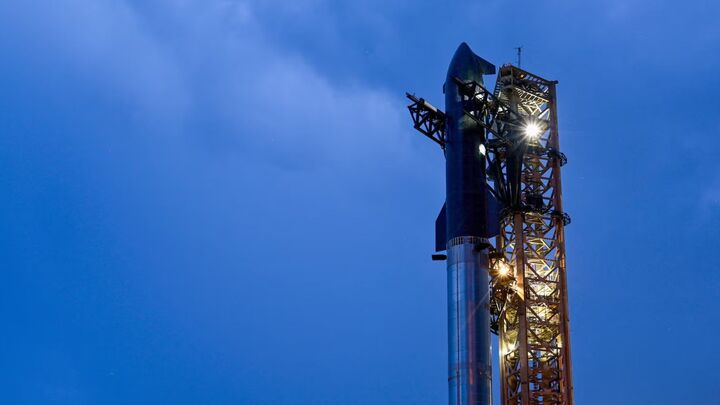
SpaceX's Starship spacecraft is placed on the Super Heavy rocket booster at the launch pad, ahead of its tenth test flight, at the company's complex in Starbase, Texas, US. (Photo: Reuters)
The Starship rocket, consisting of a 70.7m-tall Super Heavy booster and a 52m-tall upper stage, has been installed on the launch pad and fueled, ready for the scheduled liftoff time of 7:35 p.m. EST. However, just 30 minutes before launch, SpaceX announced on X (old Twitter): “ We are pausing today’s 10th Starship launch to allow more time to troubleshoot a ground system issue. ”
The aborted launch was scheduled to test several key technologies: The Super Heavy booster separated from the Starship at an altitude of tens of kilometers, then landed in the Gulf of Mexico to verify the backup engine configuration. Meanwhile, the upper stage was expected to fire its engines to fly into lower orbit, test launch a series of simulated Starlink satellites, and reactivate the engines.
The most important phase is the re-entry over the Indian Ocean – the ultimate test of the heat shield and the rudder. This is considered a crucial test of the ability to quickly reuse, a factor that Musk has always emphasized as the key to reducing the cost of space exploration.
CEO Elon Musk was scheduled to give an update on Starship's development just before launch, but the livestream was canceled. There is no rescheduled launch date, but past experience has shown that similar issues typically take just a few days to resolve.
Starship is considered a key platform in SpaceX's space strategy as well as Elon Musk's ambition to send humans to Mars. NASA hopes to use Starship as early as 2027 for a mission to send astronauts to the Moon - the first since the Apollo program.
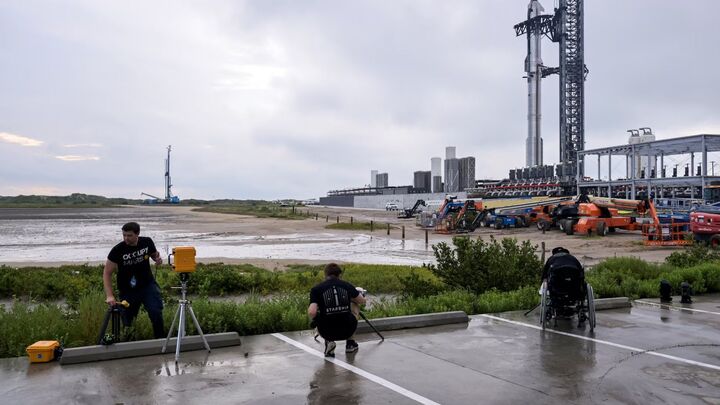
Photographers set up remote-controlled cameras in preparation for the launch of Starship during SpaceX's 10th test flight at the company's Starbase complex in Texas. (Photo: Reuters)
The current version of Starship was unveiled in early 2025 after successful tests of a scaled-down prototype in 2024. But since then, there have been a series of problems. Two large explosions off the coast of Florida sent debris flying into Turks & Caicos and washing up on Bahamas beaches. In May, Starship spun out of control while preparing to land in the Indian Ocean. In June, another prototype exploded on its test stand in South Texas, causing damage to infrastructure.

Debris remains after the explosion of SpaceX's Starship spacecraft, falling off the coast of the Bahamas (USA) on March 6, 2025. (Photo: Reuters)
The incidents have drawn international criticism. Mexico has warned of possible legal action against SpaceX over debris in its waters. Meanwhile, Britain issued a statement on August 21 saying it is working closely with the United States to ensure the safety of overseas territories such as Turks & Caicos.
Consecutive incidents have made experts question the feasibility of NASA's plan to return humans to the Moon by 2027 with support from Starship.
“ It's hard to predict where it's going to go ,” said Garrett Reisman, a former NASA astronaut, SpaceX adviser and professor of aerospace engineering at the University of Southern California. “ Either it will never work, or it will revolutionize our entire future in space, including geopolitics . ”
Source: https://vtcnews.vn/spacex-hoan-thu-nghiem-starship-lan-thu-10-vi-su-co-he-thong-mat-dat-ar959939.html






![[Photo] General Secretary To Lam attends the 80th anniversary of Vietnam's diplomacy](https://vphoto.vietnam.vn/thumb/1200x675/vietnam/resource/IMAGE/2025/8/25/3dc715efdbf74937b6fe8072bac5cb30)


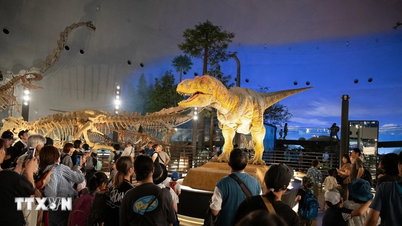




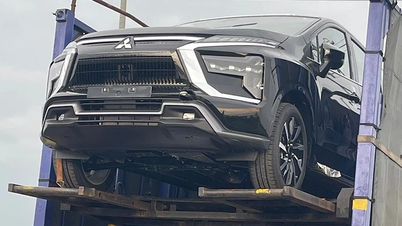



































































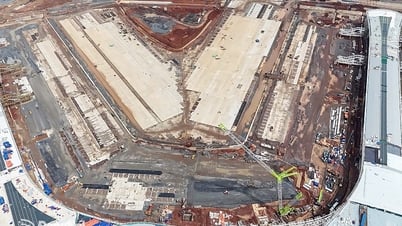












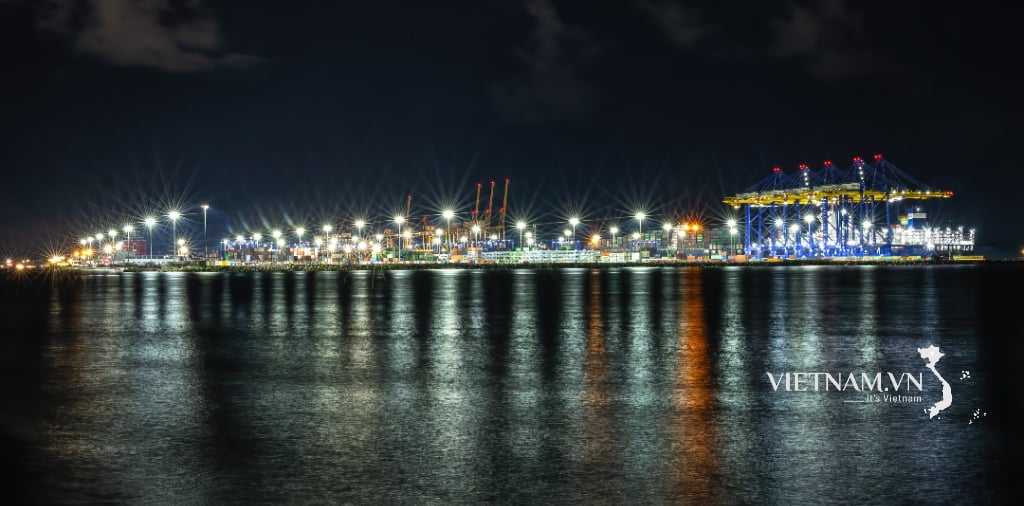


Comment (0)